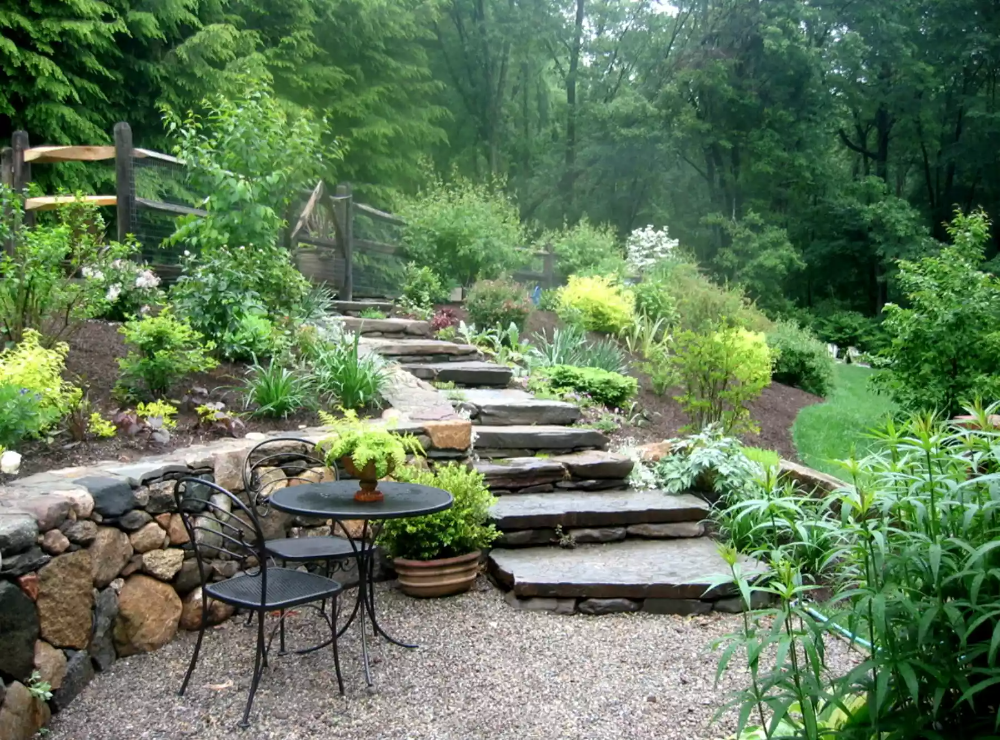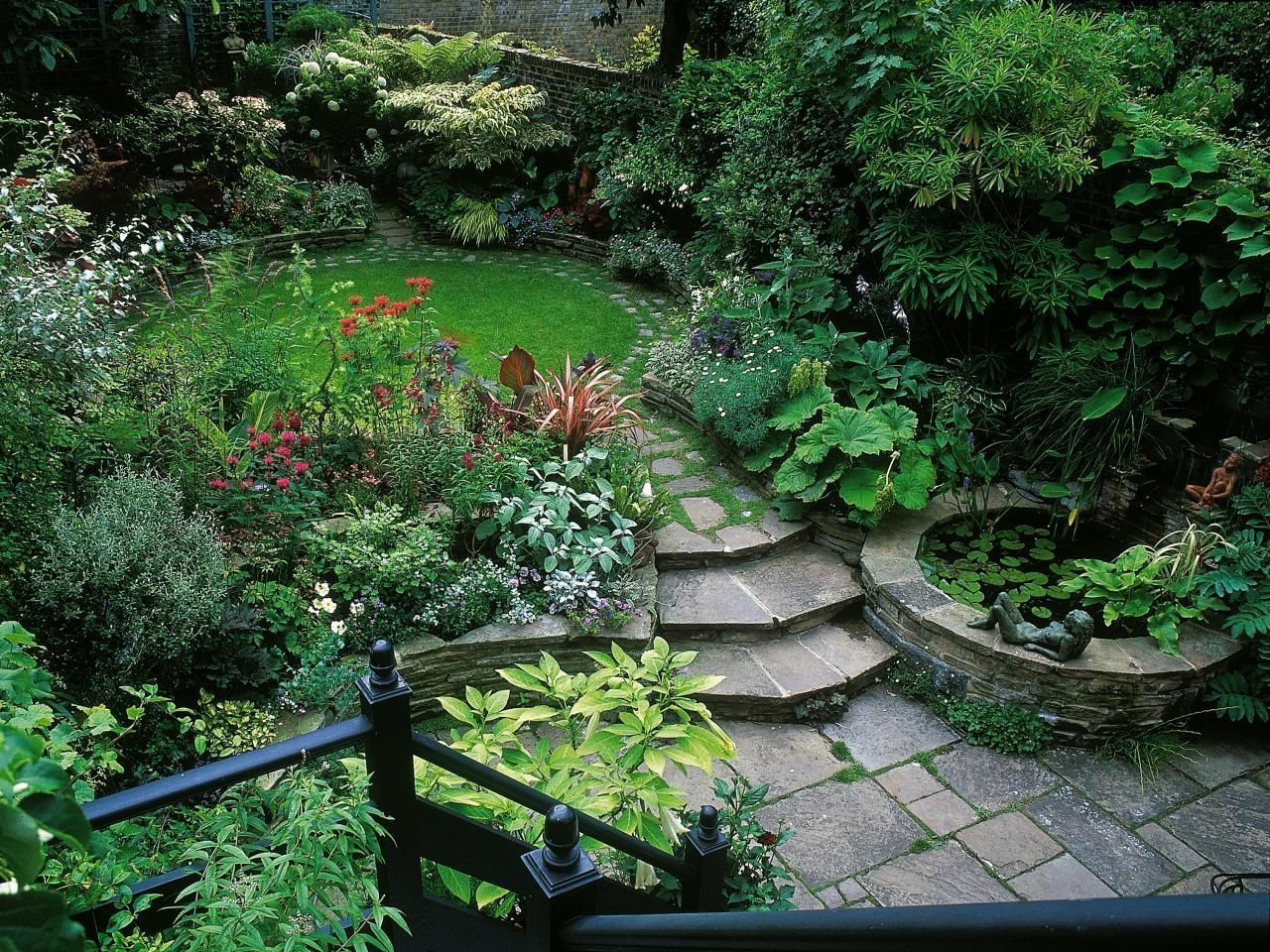What is Sustainable Landscaping, and What are its Solutions?
Do you want to turn your outdoor space into a vibrant oasis that captivates the eye and fights climate change? Sustainable landscaping holds the key to achieving this remarkable feat. By embracing eco-friendly practices, we can create stunning gardens, landscapes, and properties while treading lightly on our planet.
This blog will delve into What Are Sustainable Landscaping and its solutions. It will unveil many innovative solutions that promote climate resilience, water conservation, and biodiversity and inspire a greener, more sustainable world.

Climate Change and Landscaping
Climate change poses significant challenges to traditional landscaping practices, such as increased temperatures, water scarcity, and extreme weather events. Adaptation is crucial for sustainable landscaping practices to thrive. Let's explore the impact and solutions for a resilient green future.
● Embrace native plant diversity to enhance climate resilience and support local ecosystems.
● Implement efficient irrigation systems and explore rainwater harvesting techniques to conserve water.
● Utilize green roofs and permeable pavers to reduce the effect of urban heat islands or manage stormwater runoff.
● For long-term ecological balance, practice sustainable landscape management, including soil health improvement and integrated pest management.
Sustainable landscaping aims to mitigate these challenges by designing landscapes that can withstand and thrive in a changing climate.
Native Plant Diversity
● The Power of Native Plants
Native plants have evolved to thrive in specific local climate conditions. Due to their adaptability, they require less water, fewer pesticides, and minimal maintenance compared to non-native species. Additionally, native plants provide essential food and shelter for native wildlife, fostering a healthy ecosystem.
● Embracing Biodiversity
By incorporating a diverse range of native plants into your landscape, you enhance biodiversity by creating an environment that supports various plant species and attracts diverse wildlife and beneficial insects. In addition, different plant species' presence increases the ecosystem's overall resilience. Finally, it promotes ecosystem services such as pollination and natural pest control.
● Supporting Local Plant Species
Choosing native plants helps preserve local plant species. Many native plants are at risk due to habitat loss and invasive species. By including them in your landscape, you actively contribute to their conservation and promote the unique character of your region's flora.
● Environmental Benefits
Native plant diversity brings numerous environmental benefits. For example, they help reduce soil erosion, enhance water infiltration, and improve soil health. Native plants are also well-suited to local weather patterns, making them more resilient to climate change.

Water Conservation Solutions
● Efficient Irrigation
Sustainable landscaping promotes using smart irrigation systems, such as drip irrigation and weather-based controllers, to reduce water waste and ensure efficient water distribution.
● Rainwater Harvesting
Collecting rainwater from roofs and redirecting it for landscape use reduces reliance on freshwater sources and minimizes erosion. Rain barrels and underground cisterns are excellent options for storing rainwater.
Green Roofs and Permeable Pavers
● Green Roofs
Installing green roofs on buildings contributes to energy efficiency, reduces the urban heat island effect, and improves air quality. They also provide additional green space for plants and wildlife.
● Permeable Pavers
Using permeable pavers in driveways, walkways, and parking areas allows rainwater to infiltrate the soil, replenishing groundwater and preventing runoff. This helps to reduce flooding and water pollution.
Sustainable Landscape Management
● Soil Health
Building healthy soil through composting, mulching, and using organic fertilizers enhances plant growth, reduces erosion, and improves water retention.
● Integrated Pest Management
Integrated pest management techniques like using beneficial insects and companion planting minimize the need for harmful pesticides and promote a balanced ecosystem.
Scott's Sustainable Food Garden Initiative
● Promoting Urban Agriculture
Scott's Sustainable Food Garden Initiative encourages individuals and communities to grow their food using sustainable practices. It reduces food miles, increases access to fresh produce, and fosters community resilience.

FAQs for What is Sustainable Landscaping, and What Are its Solutions
Why should I choose native plants for my landscape?
Native plants are well-suited to local conditions, require less maintenance and water, and provide vital habitats for wildlife.
How can sustainable landscaping practices benefit the environment?
Sustainable landscaping practices conserve water, promote biodiversity, reduce chemical use, and support a healthier ecosystem.
Final Words
Sustainable landscaping is a powerful solution to combat climate change, conserve water, and protect biodiversity. By implementing native plant diversity, water conservation techniques, green infrastructure, and sustainable landscape management, we can create resilient and vibrant spaces while reducing our environmental impact.
Embracing sustainable landscaping practices is crucial to our planet's greener and more sustainable future.
You might also like
Blogs
Book a Service Today
We will get back to you as soon as possible
Please try again later
You will not find a landscape design and construction company that is more passionate,
focused and dedicated to exceeding your highest expectations!
See what our customers are saying!
All Rights Reserved | Luck Landscaping LLC



